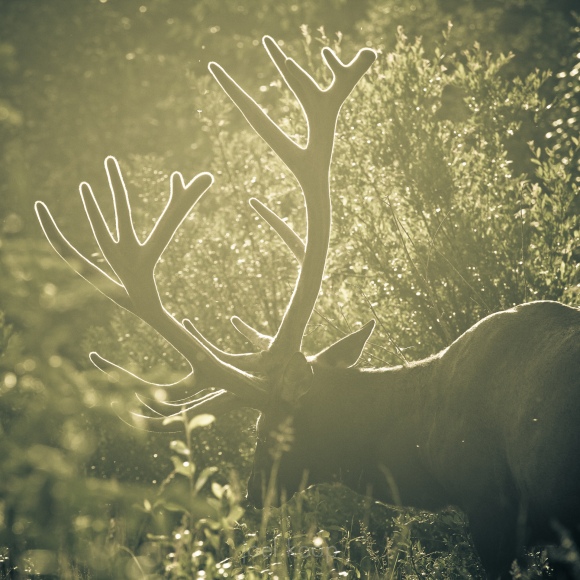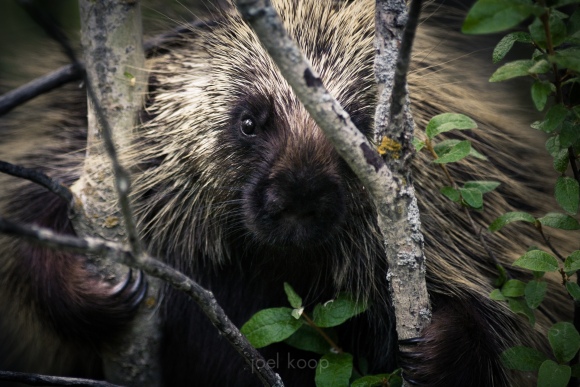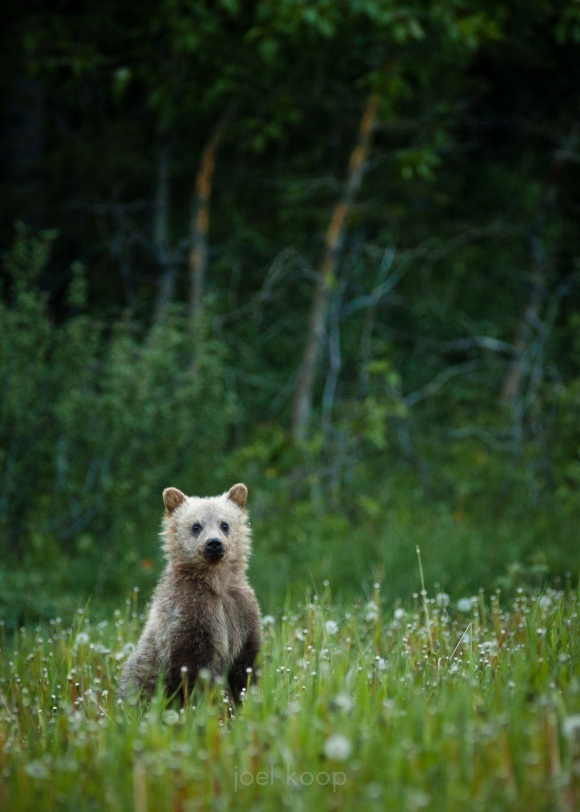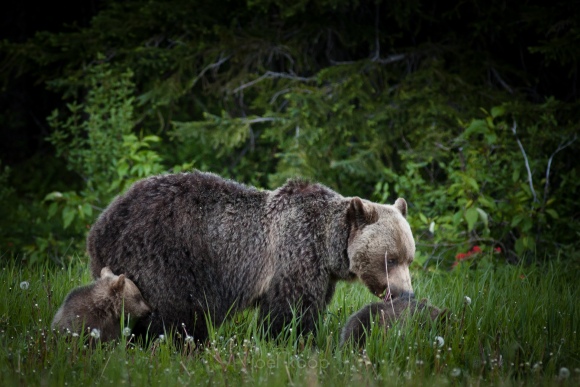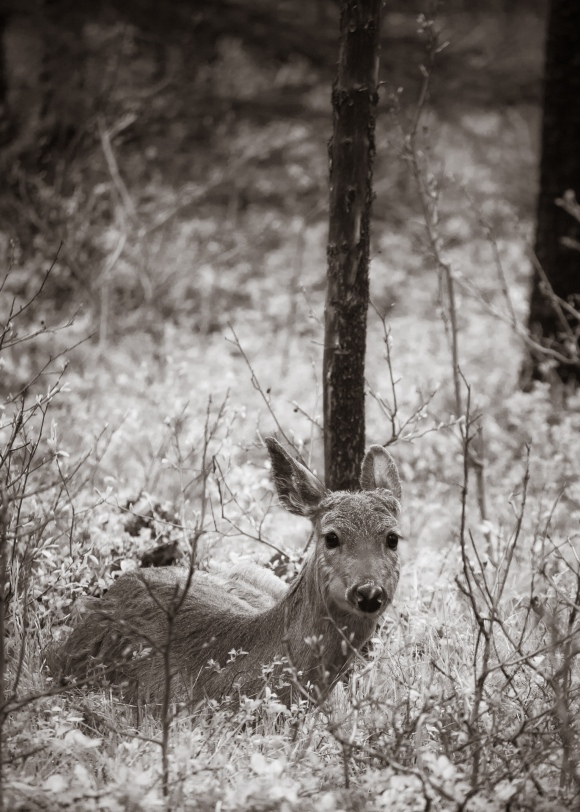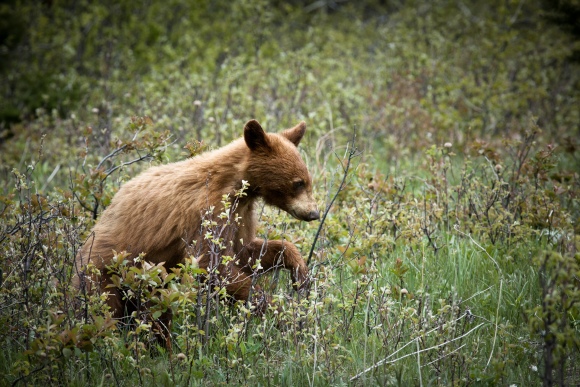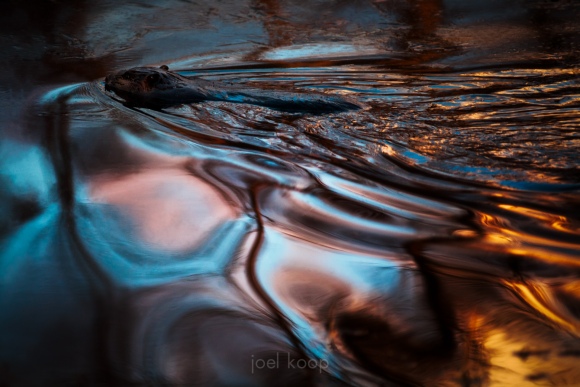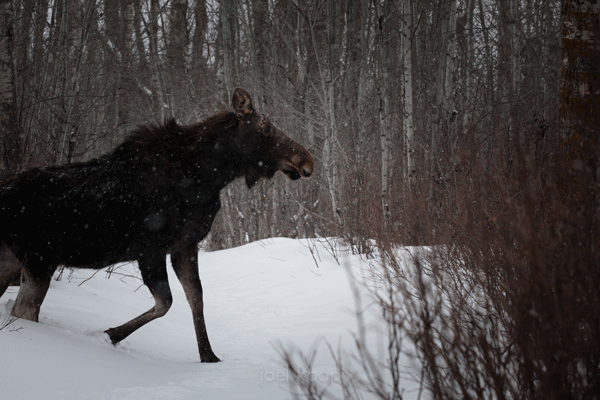When you see an elk, what do you do? You stop and take a photo of course. And if the elk stays there, you get closer. After all, wasn’t it Robert Capa who said, “If your pictures aren’t good enough, you aren’t close enough.”?
But for some reason your brain starts to throw up little red flags. Wait a minute, you also want context — the animal acting in its habitat. And maybe you don’t want a photo of an elk eyeball, maybe you want the whole elk. And anyway, isn’t it bad for animals to get accustomed to people? And dangerous for the people?
And then, for some strange reason, you start to think of photographing weddings, of posing and of lighting. Direct evening light is pretty good — it’s warm and lends definition to shapes, but what if you backlight this? That would wash it out and give it a dream-like quality. But animals are not as cooperative as people who hire you to take their photos. You have to do the moving, and there’s no adding light. You know that flash would bother this elk and disrupt his feeding, possibly making him aggressive.
So you do the moving, far enough away that the animal is not disturbed. You wait for the animal to move into a position that works, you get the sun at just the right angle, and you get a photo. You don’t know if it’s a good photo or a great photo, but you’re pretty sure it’s not a bad photo. And that is satisfying.
